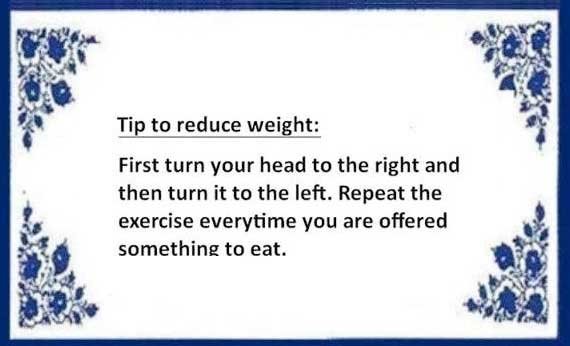Can you describe appetite and dieting behaviour in mathematical terms? Yes, says Johan Grasman, emeritus professor of Mathematics and Statistical Methods. He reduced the dieting process to a simple model, and drew some remarkable conclusions from it, such as that the urge to eat declines long before dieting starts.
Grasman bases his model on just two physiological processes: the depositing of fat tissue and the blood levels of the hormone leptin, which plays a regulating role in this process. The crucial new factor in the model is ‘urge’. Grasman includes under this heading all the stimuli (except leptin) which lead someone to eat, or in some cases not to eat. These may be physiological stimuli which prompt the body to eat (insulin, for instance), or psychological stimuli such as the wish to lose weight.
Grasman then used the model to try to calculate and define this urge. To do this he used long-term data from two women who repeatedly tried to diet. The model shows that the urge to eat declines strongly a couple of months before they actually start to diet. But by the same token, the urge to eat begins to increase during the dieting period. This fits the facts: after a period of losing weight, dieters often fall back into old eating habits. It is precisely this yoyo effect that is so unhealthy, says Grasman. His model could be used to address that. Once you know how someone’s urge to eat works, you might be able to work with it.
Grasman’s latest publication (PLoS) is a second model that he developed for the physiological process of stopping smoking. He thinks the principle has the potential to be used to model other things, such as eating behaviour. Which is what he is working on now.

